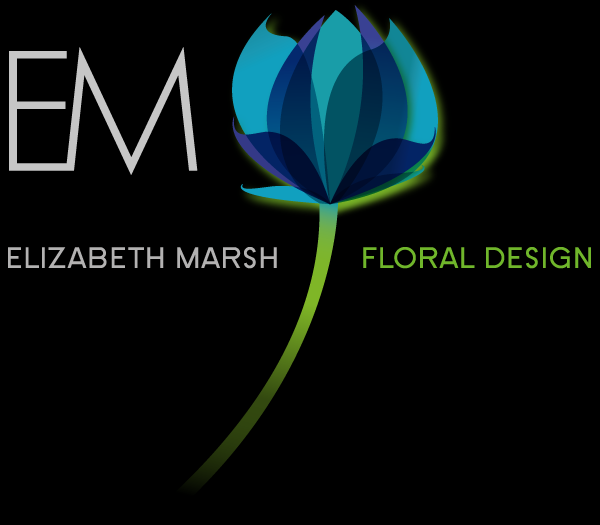It is important to be aware of the impact of the flowers, to
direct the floral decor towards the customers you wish to attract rather than
just the ones you already have and also constantly to review it. As with all design, styles quickly become
outdated and need to be refreshed. Customers are spoilt as never before with a
constantly changing array of stimuli to attract their attention and purchases,
so it is essential never to allow designs to go stale. This is even more important if customers are
to return on a regular basis. New
designs, colours, shapes and sizes – even for a venue with a more traditional
clientele – bring new life to a space and echo different aspects of the
interior décor. This is key if (as is
often the case) a considerable investment has been made in the interior
design. Flowers focus the eye like no
other medium on whichever aspect of the interior design they reflect. For example an arrangement using flowers that
are the same colour as a nearby painting make that painting leap out of the wall. I remember visiting an office on several
occasions and only noticing the painting by the reception desk after we had
arranged the reception flowers to match one of the colours used within it. Suddenly the painting was the first thing I
noticed as I walked in.
Rustic flowers used in a highly modern environment, by creating
a sense of contrast, emphasize the sense of modernity whilst simultaneously
softening the mood of the room. Tropical
flowers, with their exotic overtones mostly derived from the fact that they are
not native, enhance a sense of modernity in a different way – more flamboyant,
exotic and unusual. For some reason
modern design often has a masculine feel to it with muted colouring, strong,
direct lines and squared off edges.
Colourful flowers offset this, adding a touch of the feminine and a
softening aspect, whilst other natural materials such as branches, bamboo, moss
etc reinforce the masculinity of the environment. For a traditional English look, low wide bowls
in silver or ceramic, overflowing with amorphous blooms and foliage in a
tumbling and plentiful array, convey a sense of opulence and ease.
So flowers and natural materials are incredibly versatile
and can be used to whatever end is desired.
The trick, however, is to make sure they are being used to best
effect. Establishments with no floral
design strategy are missing an invaluable opportunity to engage with their
customers on an emotional level – and it is well known that purchasing
decisions are made purely on an emotional level.

